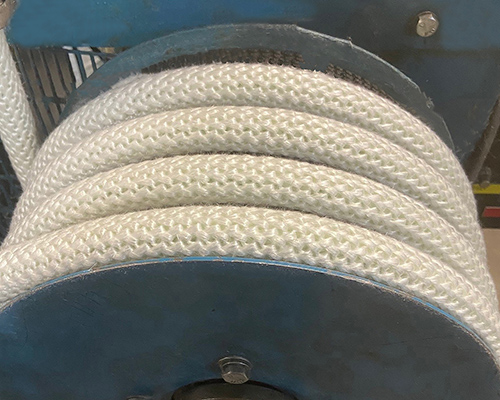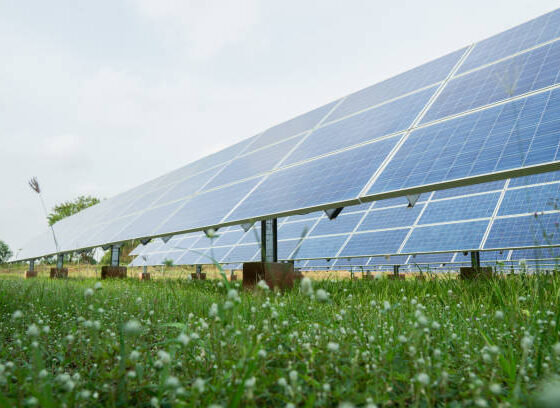In Malaysia’s tropical climate, effective insulation is essential for maintaining comfortable indoor temperatures and reducing energy consumption. Fibreglass insulation has become a popular choice due to its excellent thermal properties and versatility. This guide explores the benefits, common applications, and installation considerations of fibreglass insulation in Malaysia.
Benefits of Fibreglass Insulation
- Thermal Efficiency: Fibreglass insulation effectively slows down heat transfer, helping to keep indoor spaces cooler during hot weather and reducing the reliance on air conditioning systems.
- Energy Savings: By maintaining stable indoor temperatures, fibreglass insulation reduces the need for constant heating or cooling, leading to significant energy savings and lower utility bills.
- Sound Absorption: The dense composition of fibreglass insulation provides excellent soundproofing qualities, minimizing noise transmission between rooms and from external sources.
- Fire Resistance: As a non-combustible material, fibreglass insulation does not contribute to the spread of flames, enhancing the overall fire safety of buildings.
- Cost-Effectiveness: Fibreglass insulation is generally more affordable compared to other insulation materials, offering a cost-effective solution for both residential and commercial applications.

Common Uses of Fibreglass Insulation in Malaysia
- Roof Insulation: Installing fibreglass insulation beneath metal decks or roof tiles helps in reducing heat penetration, keeping indoor spaces cooler.
- Wall Insulation: Fibreglass batts or rolls can be placed within wall cavities to enhance thermal performance and soundproofing.
- HVAC Ductwork: Wrapping fibreglass insulation around heating, ventilation, and air conditioning ducts minimizes energy loss and improves system efficiency.
- Pipe Insulation: Fibreglass tapes, such as the ALFRAN C-Class Woven Fibreglass Tape, are used to protect cables from heat and provide insulation for hot pipes.
Installation Guide
- Safety Precautions:
- Wear protective clothing, gloves, and a mask to prevent skin irritation and inhalation of fine glass fibers.
- Preparation:
- Choose the appropriate type and thickness of fibreglass insulation based on the specific application and desired R-value.
- Installation Steps:
- Roof and Wall Insulation:
- Place the fibreglass batts or rolls between the structural members (e.g., studs or rafters), ensuring a snug fit without compressing the material.
- Use appropriate fasteners or adhesives to secure the insulation in place if necessary.
- HVAC Ductwork and Pipes:
- Wrap the fibreglass insulation around the ducts or pipes, overlapping seams to prevent gaps.
- Secure with tape or mechanical fasteners designed for high-temperature applications.
- Roof and Wall Insulation:
- Final Checks:
- Inspect the installation for any gaps, compression, or misalignment.
- Ensure that all areas are adequately covered and that the insulation is not obstructing ventilation paths.
For a comprehensive selection of insulation materials suitable for various applications, consider exploring the offerings from Unitrade, a reputable building material distributor in Malaysia.
By understanding the benefits and proper installation techniques of fibreglass insulation in Malaysia, homeowners and builders can enhance energy efficiency, comfort, and safety in their buildings.


